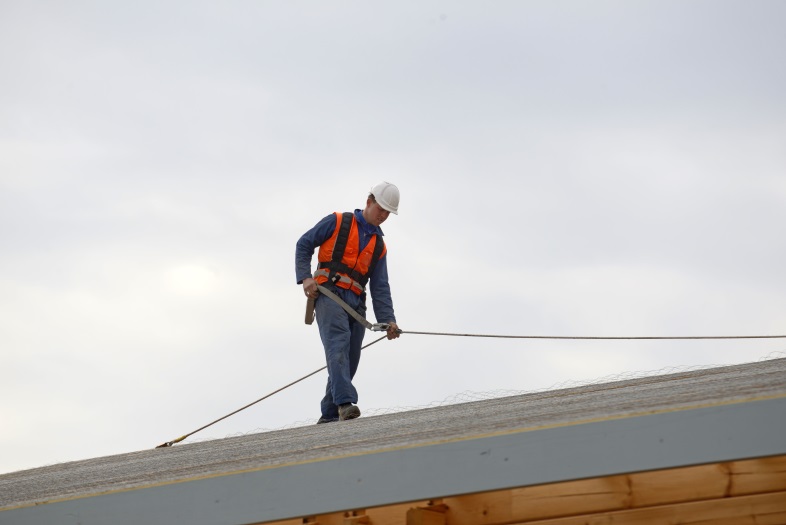Rubber roofs can be a popular choice for low-sloped roofing installations on a home. Their service life is very long and can last homeowners anywhere from 15 to 20 years. Not only are rubber roofs safer to install compared to other roofing systems, but they are also much easier to maintain and repair in the event of leaks or damage.
When you contact us for residential roofing in St. Louis, below is the general process of repairing a rubber roof.
- Prepare the surface: Before we begin, our first step will be to prepare the surface of your roof for the job. This includes cleaning the area to be repaired and removing the carbon film that can develop along the membrane.
- Size and cut the patch: Once the roof has been adequately cleaned and prepped for repair, the next step is to prepare the patch. Once the repair patch has been measured and sized to the correct proportions for the job, the roof repair material will also be cut to fit.
- Prime the area: Before fully installing the patch, the membrane needs to be primed on the area where the patch will be applied. The primer should extend past all edges of the repair area to ensure all sides of the patch will adhere properly.
- Install the patch: Finally, the patch is ready to be installed. Certain roof repair materials can be pressure-sensitive or non-pressure-sensitive, which determines how the patch is fully installed.






